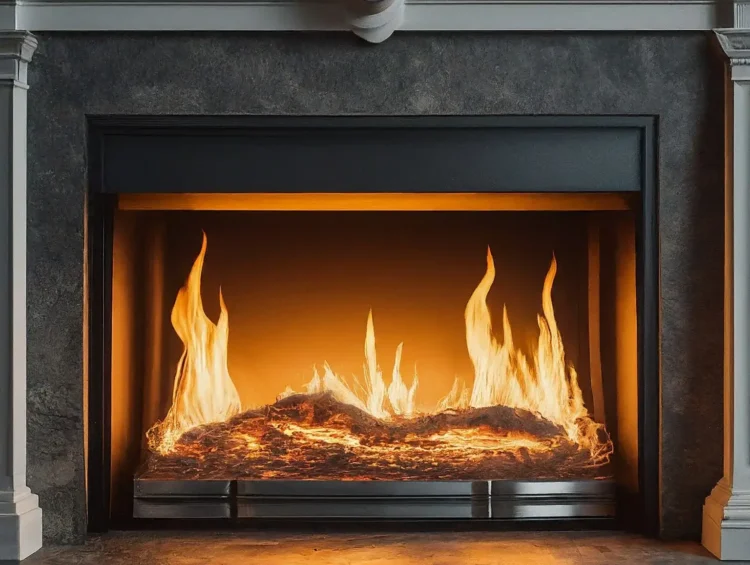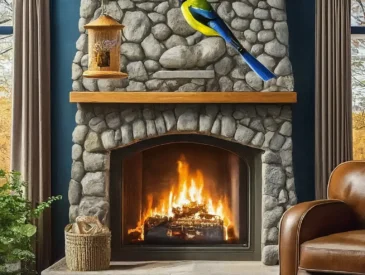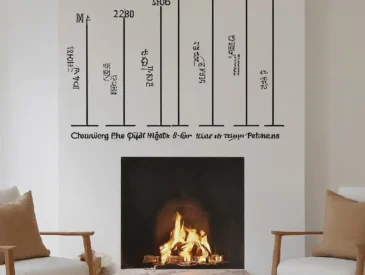Fireplace blowers are a practical yet often overlooked tool for improving a fireplace’s heat output. The question arises: is it necessary to have one for your fireplace?
While not essential, a blower can effectively disperse warm air from the fireplace into the room, leading to faster and more efficient heating. This post explores the considerations surrounding the use of a fireplace blower,
including its benefits, installation costs, and noise levels.
Should You Have A Fireplace Blower Or Not?
A fireplace blower is not a prerequisite for the functionality of your fireplace. However, it proves beneficial in circulating heat from the fireplace further into a room.
Without a blower, the heat tends to remain concentrated near the hearth, resulting in cooler corners of the room. Therefore, opting for a blower ensures an even distribution of warmth throughout the space, making it ideal for prime gathering spots.
Understanding Fireplace Blowers:
A fireplace blower, also known as a fireplace heater or fan circulates hot air around the fireplace before releasing it into the room.
Blower Placement:
A blower is typically mounted on the exterior of a fireplace, either at the front or back of the unit. It may also be positioned within the fireplace hearth but outside the firebox.
How Does A Fireplace Blower Operate?
A fireplace blower functions by drawing cool air from the room into the fan, which then directs it to the top of the fireplace for heating. The blower then expels this heated air into your home, effectively circulating warmth.
Advantages of Having A Fireplace Blower:
Installing a fireplace blower enhances a room’s ambient temperature, thereby increasing the overall effectiveness of the fireplace. It results in a warmer room, with heat distributed evenly and drafts reduced.
The blower also extends the reach of warm air into the room, surpassing what a fireplace without a fan can achieve.
Noise Levels of Fireplace Blowers:
Fireplace blowers do emit some noise due to the operation of the motor, comparable to standard household fans like stove vents or bathroom exhausts.
Related: gas fireplace noise
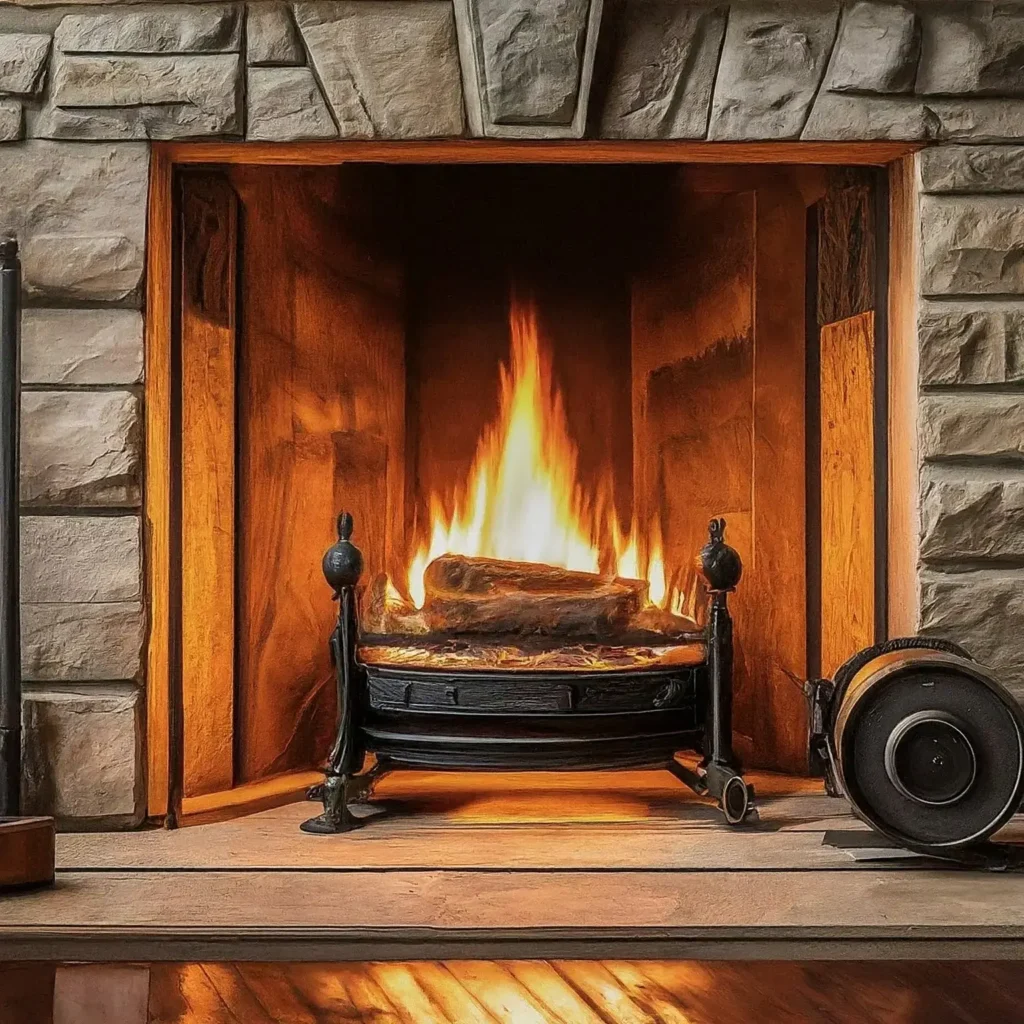
The level of noise may vary depending on the manufacturer. If unusual noises persist, it may indicate a need for maintenance or replacement.
Blower Considerations for Different Fireplace Types:
- Wood-Burning Fireplace: While not obligatory, a blower can be installed to increase efficiency, particularly in circulating heated air faster into the room.
- Gas Fireplace: You can add a blower to a circulating gas fireplace, but it’s not necessary.
- Ensure compatibility with your specific gas fireplace model.
- Electric Fireplace: Most electric fireplaces do not require a separate blower, as some units come equipped with integrated fan-forced heaters. Infrared electric fireplaces do not include blowers.
Using Your Fireplace Without A Blower:
Operating your fireplace without a blower is entirely possible and does not affect its fuel efficiency. The blower primarily serves to disperse warm air and does not generate heat.
Cost of Installing a Fireplace Blower:
On average, a complete fireplace blower system ranges from $100 to $500, with some premium models exceeding $1,000. If opting for professional installation, expect an average cost of $400, covering parts and labor. DIY replacement of the fan may incur expenses of around $100 to $150 for parts.
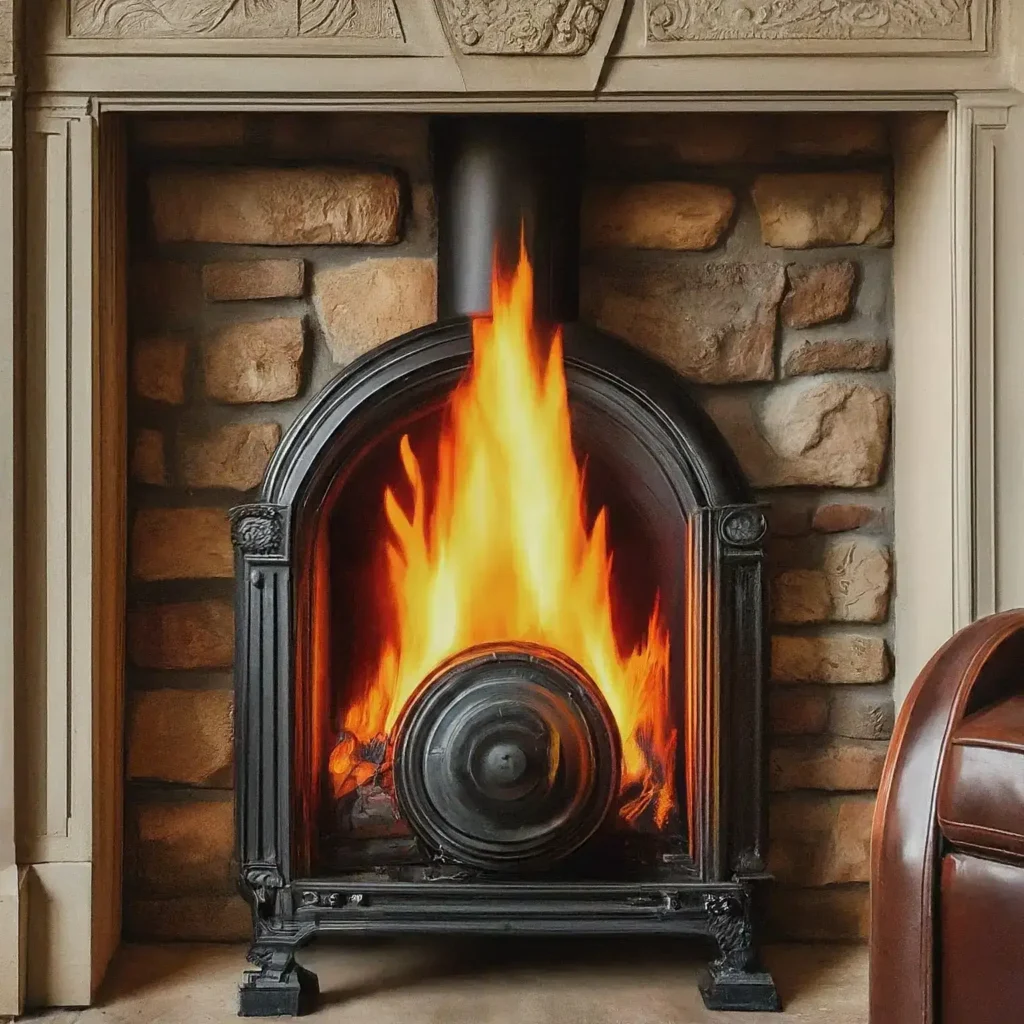
Conclusion:
While a fireplace blower is not obligatory, it can significantly enhance the efficiency and warmth of your fireplace. Consider your specific needs and preferences when deciding whether to install one. With the right blower, you can make the most of your fireplace’s heating potential.

